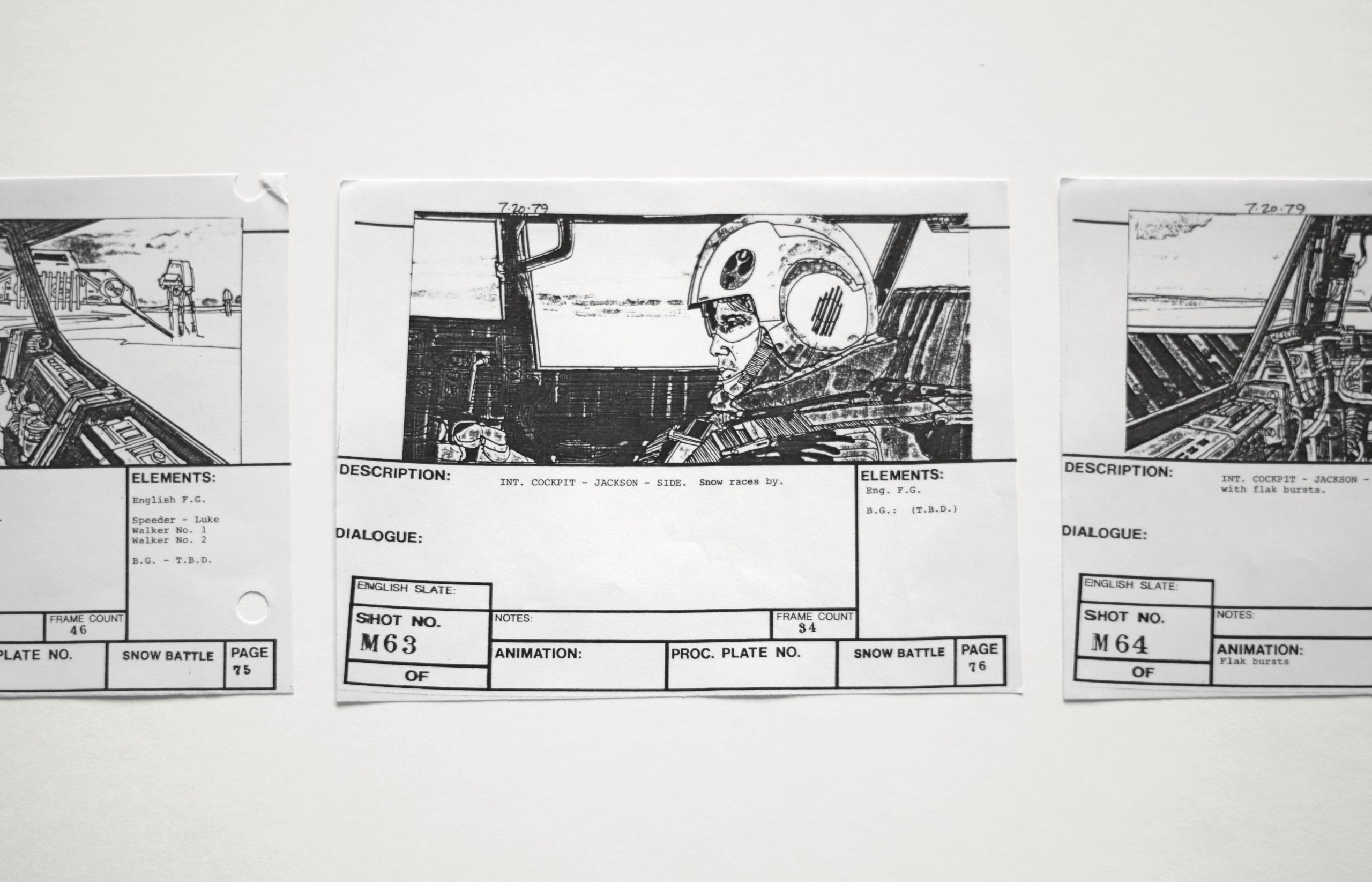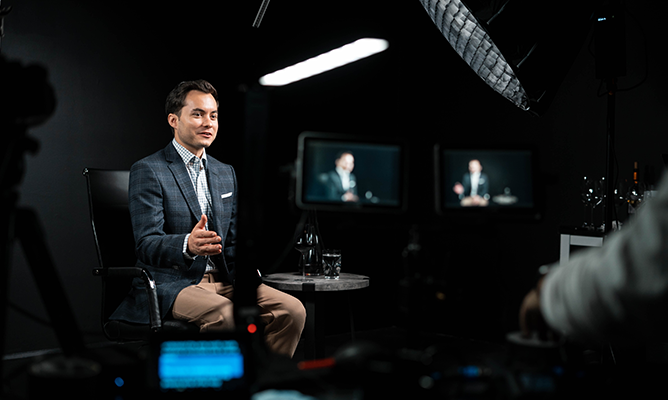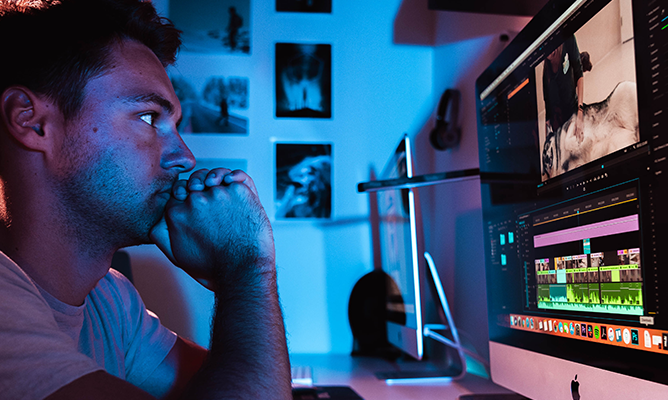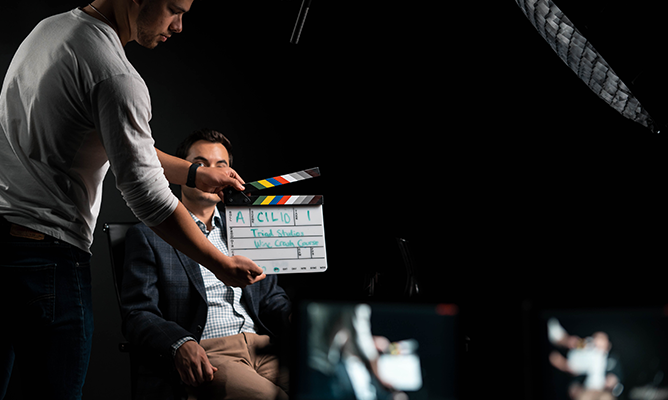Time and time again, we’ve heard how businesses have been frustrated with communication and collaboration with their engagements. One of the worst situations you can find yourself in as a creative professional is to deliver a finished project and miss the mark somehow. On the flip side from the clients’ perspective, they’re simply seeking to make sure money is being allocated wisely and meeting their project’s vision and goals. Here are some tangible ways to make sure that both parties walk away happy following a project’s completion.
Outline expectations before you engage
One of the easiest mistakes made in a client / agency partnership early on is jumping into a project or relationship without better understanding each other’s wants and needs on a deeper level. Without focusing these initial conversations on discerning whether you’re the right fit for each other, you can set yourself up for a world of pain down the line.
Fit is everything.
That covers your ability to perform for the client’s needs and encompasses how you can work with one another based on your likes, dislikes, and ways of communication. Realizing personality misalignment after you sign the contract is preventable if you transparently discuss your working preferences / styles beforehand. Sometimes it’s better to let the client go and refer a trusted professional in your network instead if you know you both aren’t a good match.
Comprehensive pre-production is your best friend
The importance of planning is ubiquitous in daily life. Whether it’s planning your workweek, a trip to the grocery store, or your next vacation, diligent planning will almost always breed favorable results for both parties involved. This importance could not reign more true in video production.
Over time, we’ve come to understand the positive impacts of highly detailed pre-production throughout the production process. It’s arguably the most crucial step. Depending on the scope of your video project, include some or all of the following in your pre-production plan to ensure buttery smooth alignment between you and your client’s vision. The purpose of these documents should be to allow the client to visually understand the creative ideas you are pitching.
Creative Brief
- A creative brief is a document that aligns you and your client’s vision for the project based on your goals, brand messaging, mission / vision, target audience, and intended distribution.
Project Timeline and Budget
- Your project timeline and budget should outline all your proposed deliverables and on what dates the client should expect them, with associated costs for each.
Shot List
- A detailed plan for each shot you will be capturing in each location with creative notes for each shot.
Storyboard
- A storyboard provides your client an initial idea of what the final deliverables will look like – it can be hand drawn or created in a software program like Adobe Photoshop or Adobe Illustrator. Your storyboard doesn’t need to be perfect, but should give you good direction on what the final project will look like.
Film Schedule
- Your film schedule dictates the structure of your day, and makes sure you will be able to stay on track and capture everything you need to create your final deliverables.
Attention to all of these different parts of your production planning will increase your client relationship’s professionalism, set you apart from your competition, and make sure you’re ready to go on film day. Do your best to be as flexible as possible with the recommended list above – scope and details can change throughout the engagement.
Show up with confidence, professionalism, and poise
When we would upgrade our gear during Triad’s early stages, continuously implementing more refined, complex techniques, I still vividly remember some of the feelings I had. There was this fear lingering in the back of my mind that nothing would work as we had practiced.
It’s easier said than done, but work your hardest to leave any negative thoughts at the doorstep. Channel your inner Steven Spielberg when you show up on set. The confidence you carry will bleed into people’s behavior and performance as well.
Here are some ways you can up your confidence and professionalism without even thinking about it:
- Split up roles accordingly – each member of your team / crew should have a specialized function for the shoot day and stay within their lane (i.e., The Director isn’t worried about making sure lunch is on the way – the Producer is). This practice will help avoid any confusion throughout your shoot, both internally amongst your team and externally towards the client.
- Have your team coordinate outfits, whether it’s a consistent dress code across your crew or a company t-shirt that you all can wear.
- Show up earlier than you planned for and budget extra time for setting up your gear. Downtime on your shoot day is a far better problem to have than playing catch up and rushing to get the footage you need.
- Please print out your shot list, storyboards, and schedule and have extra copies for yourself and your client on hand. Check off items as you capture them to make sure you’re not behind throughout the day.
Provide updates and set yourself up for version control in post
Now that you’ve nailed your shoot day, somehow managed not to lose your SD cards, and backed up your footage, you’re ready to put it all together and make your client proud. Within post-production, there are many considerations across the editing process to be mindful of, including file organization, assembly, sound design, color correction, and visual effects, to name a few. All of these will come together to create your final product. You want to set yourself up for simple version control to allow for any changes to these specific parts in the future. This can consist of very detailed file naming and organization or keeping copies of your project versions any time there are changes to be made. It’s also helpful for your marketing purposes down the line when showcasing your work!

Remember when I said pre-production is probably the most critical step? That’s because what you want to avoid is a laundry list of revisions. Drastic revisions can turn you and your client sour, and that’s what clear communication from Day 1 helps to mitigate.
We use a fantastic video collaboration tool for version control and revision management called frame.io. For example, it allows for professional delivery of files and specific revisions to be placed directly on timecodes within the video.

Clear and consistent communication throughout your entire project engagement is key to the project’s success and fostering a positive relationship between you and your client. Trust each other, make it a collaborative effort, and maintain strong attention to detail each step of the way. A happy, raving client can have cascading effects for your business down the road.



